Welcome to the captivating realm of different types of Buddhism, where ancient wisdom meets modern curiosity. Just like a grand buffet of spiritual insights, Buddhism has branched into various schools, each offering a unique flavor to those seeking enlightenment.
From the serene temples of Theravada to the cosmic explorations of Vajrayana, the world of the main types of Buddhism is as diverse as it is profound. Get ready to expand your horizons and start on a quest for inner peace and self-discovery!
The Different Types of Buddhism and Its Traditions
1. Theravada Buddhism: The Doctrine of the Elders
Originating in Southeast Asia, Theravada Buddhism adheres to the earliest teachings of Siddhartha Gautama, also known as the Buddha. This is one of the three main types of Buddhism and is practiced in Sri Lanka, Cambodia, Laos, Thailand, and Myanmar.
This tradition places emphasis on individual effort, meditation, and monastic discipline. Theravada practitioners seek to attain Nirvana by following the Noble Eight fold Path—a guide to ethical and mental development through understanding the working of the mind.
The Pali Canon, a collection of scriptures from the earliest records of Buddha’s teachings, is a cornerstone of this tradition. The principles of this tradition also involve teachings of self compassion, challenging fixed beliefs and thought patterns.
The Four Noble Truths form one of the key principles of Theravada Buddhism, which highlights the reality of suffering, its causes, the cessation, and the path to reach cessation.
“Many do not realize that we, here, must die. For those who realize this, quarrels end for them.”– The Dhammapada, a part of the Pali Canon.

2. Mahayana Buddhism: The Great Vehicle
Mahayana Buddhism is mainly prevalent in East Asia, including China, Japan, Taiwan, and Korea. Holding the second place in the different types of Buddhism list, it is referred to as the “Great Vehicle”.
The altruistic approach to Buddhahood sets it apart from other Buddhist traditions, as it emphasizes on compassion. It aspires to reach a state that would benefit all sentient beings.
Like Theraveda Buddhism, Mahayana Buddhism also focuses on Zen medication and the emptying one’s mind of all fixed notions on the self. Practices, such as Tonglen, serves as a kind of exposure therapy where it is pictured that compassion is sent out to the world.
The Lotus Sutra and the Diamond Sutra are revered texts that guide Mahayana practitioners toward awakening and enlightenment.
“Beginners will first meditate upon the quality of equanimity. Once that becomes a successful venture, the meditators will then meditate upon the remaining three immeasurable qualities, namely love, compassion, and joy.”— Resting the Mind in Repose.
Related: 8 Simple Ways to Find Inner Peace and Bliss Right Now
3. Vajrayana Buddhism: The Diamond Way
One of the third main types of Buddhism is the Vajrayana path, which is also known as Tibetan Buddhism. It is mainly practiced in Tibet, Nepal, Bhutan, and Mongolia, and represents an esoteric and advanced form of practice.
Vajrayana Buddhism delves into the interplay of mind, consciousness, and reframing negative thought patterns into wisdom. This form of Buddhism uses symbols, mantras, and energy centers to become connected to tantric rituals and practices.
Vajrayana is known for its profound visualization practices and the cultivation of the subtle energies known as “winds” and “drops.” The practices involve channeling and balancing energy, creating a mind-body connection.
“There is no presence of a miserable place that is waiting for you to arrive. The hell realm isn’t sitting and waiting like Alaska to turn you into glaciers. But whatever you call it—hell or the realms of suffering—it is something that you enter by creating a world of neurotic fantasy and believing it to be real. It might be simple for you to hear, but that is what exactly happens.”— Lama Yeshe, Becoming Vajrasattva.
4. Zen Buddhism: The Path of Meditation
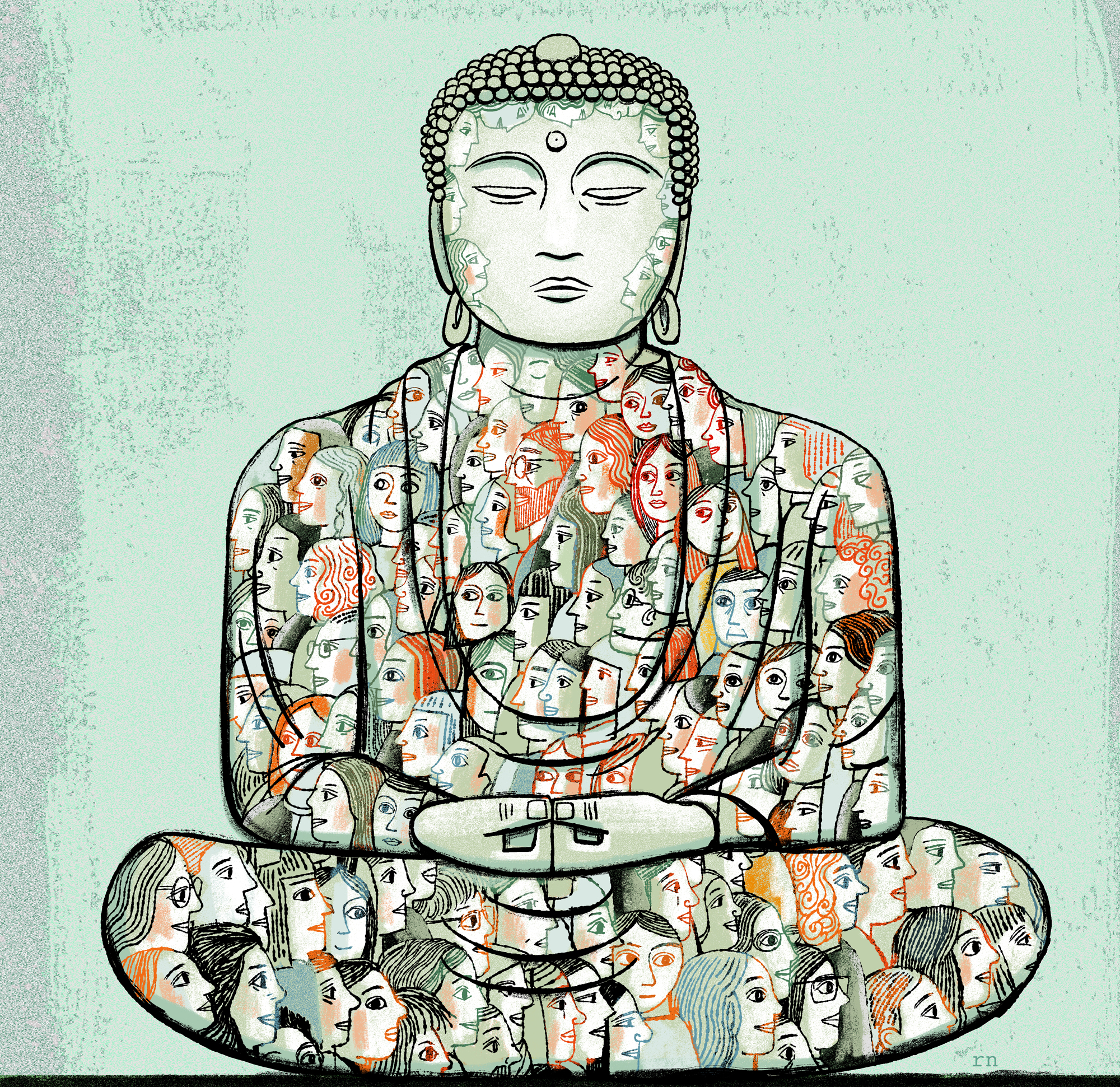
Moving on to the other different types of Buddhism, Zen Buddhism, known for its minimalistic and direct approach, places heavy emphasis on meditation and mindfulness.
Originating in China and later flourishing in Japan, Zen emphasizes experiential realization over textual study. Rooted in the Mahayana tradition, Zen Buddhism focuses on zazen or seated meditation, where the practitioners cultivate a deep awareness of the present moment through concentrating on their breathing.
Zen practitioners seek to achieve sudden enlightenment (satori) through transcending dualistic thoughts. Their sesshin approach involves extended periods of meditation, introspection, and silence to deepen their understanding of the self.
“In zazen, think the mind to have a back door and front door, leave both of them open. Let thoughts come and go. Just don’t serve them tea as they come in.“– Shunryu Suzuki, Zen Mind, Beginner’s Mind.
5. Pure Land Buddhism: The Path of Devotion
Amongst the different types of Buddhism, Pure Land Buddhism is particularly popular in East Asia. It is centered around the belief in Amitabha Buddha’s Pure Land—a realm of enlightenment accessible through faith and devotion.
Practitioners aspire to be reborn in the Pure Land, where they can attain enlightenment under optimal conditions. Chanting Amitabha’s name, meditation, and sincere faith play key roles in this tradition.
The focus of this type of Buddhism is in the concepts of hope, positivity, and transformation. The aspiration in the practitioners is to be reborn in the Pure Land, a realm that is free from suffering. The practice of mindfulness meditation encourages practitioners to stay in the present and remain focused.
The thought of being reborn in the Pure Land can also be interpreted as a metaphor for personal growth and transformation in the psychological sector.
“If we want the lotus bud to appear, it will appear. If we want the bud to grow, it will grow. When the lotus flower in our heart has grown, wherever we walk, the Pure Land will appear.”― Thich Nhat Hanh
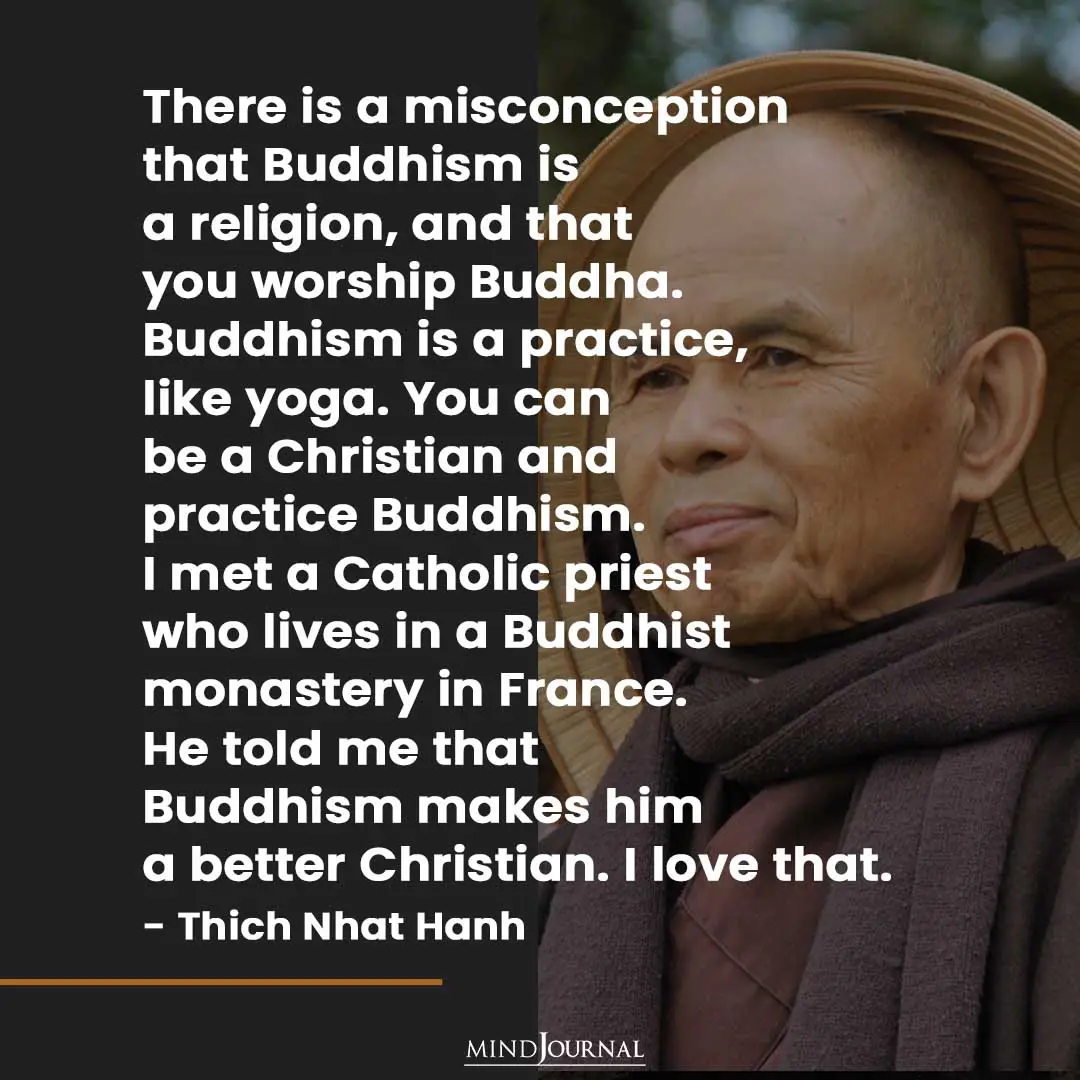
Related: Non-Attachment: 6 Powerful Ways to Find Inner Peace
6. Nichiren Buddhism: The Practice of Chanting
Nichiren Buddhism, founded in Japan by Nichiren Daishonin, centers on the chanting of the mantra “Nam Myoho Renge Kyo,” which is believed to hold the essence of the Lotus Sutra. The chanting is aimed towards tapping into one’s inner potential and achieving enlightenment.
This practice is thought to awaken one’s Buddha nature and transform daily challenges into opportunities for growth. Nichiren Buddhism places great emphasis on the potential for enlightenment in this lifetime by turning inwards and embracing the idea that individuals possess the power to overcome any challenge.
“There is no true happiness for human beings that can occur other than through chanting Nam-myoho-renge-kyo.”– Nichiren Daishonin.
The Diverse Tapestry of Buddhist Traditions
A journey through the different types of Buddhism, will show you a rich tapestry of beliefs, practices, and philosophies that offer insights into the nature of existence, the human mind, and the pursuit of inner peace.
Whether you resonate with the discipline of Theravada, the compassion of Mahayana, the mindfulness of Zen, or the devotion of Pure Land, each tradition invites you to explore your inner world and cultivate a deeper connection with the universe.
Frequently Asked Questions (FAQs) :-
What are the three main types of Buddhism?
The three oldest and most important forms of Buddhism are Theravada, Mahayana, and Vajrayana.
Which path of Buddhism is also known as Tibetan path of Buddhism?
Vajrayana Buddhism is also known as the Tibetan path of Buddhism.
Where is Mahayana Buddhism mainly prevalent?
Mahayana Buddhism is mainly prevalent in East Asia, including China, Japan, Taiwan, and Korea.
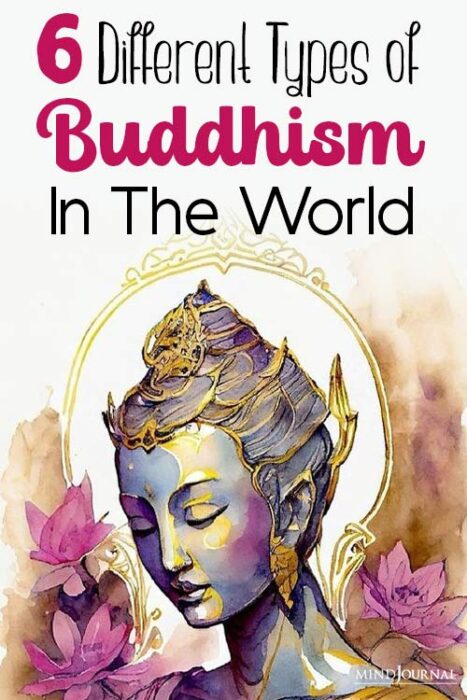
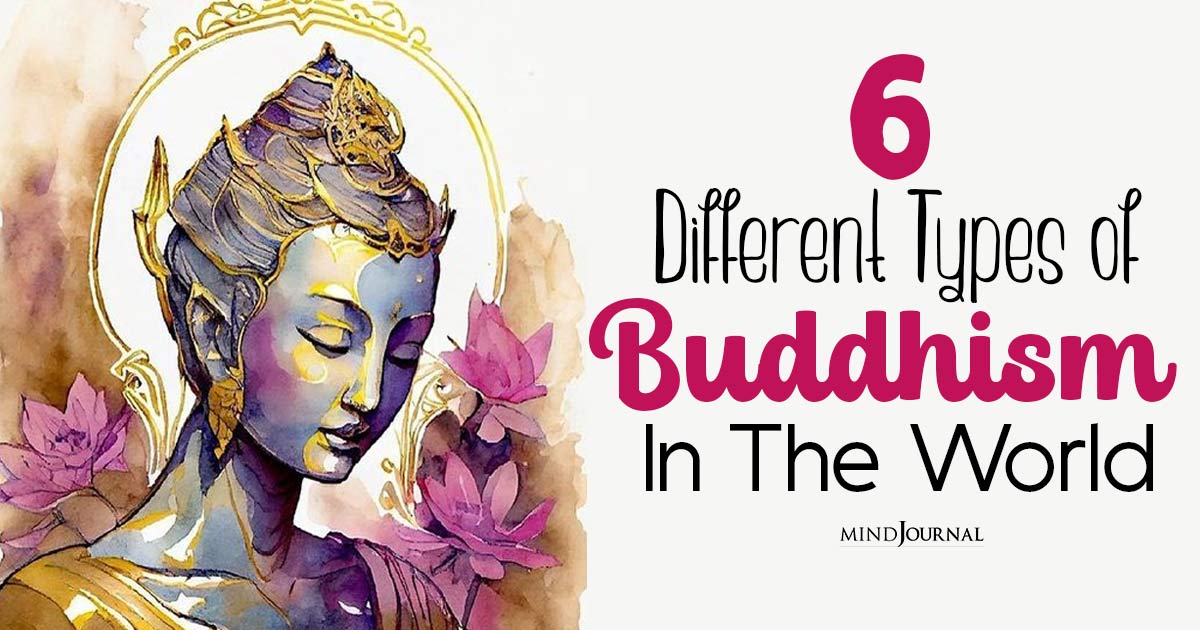
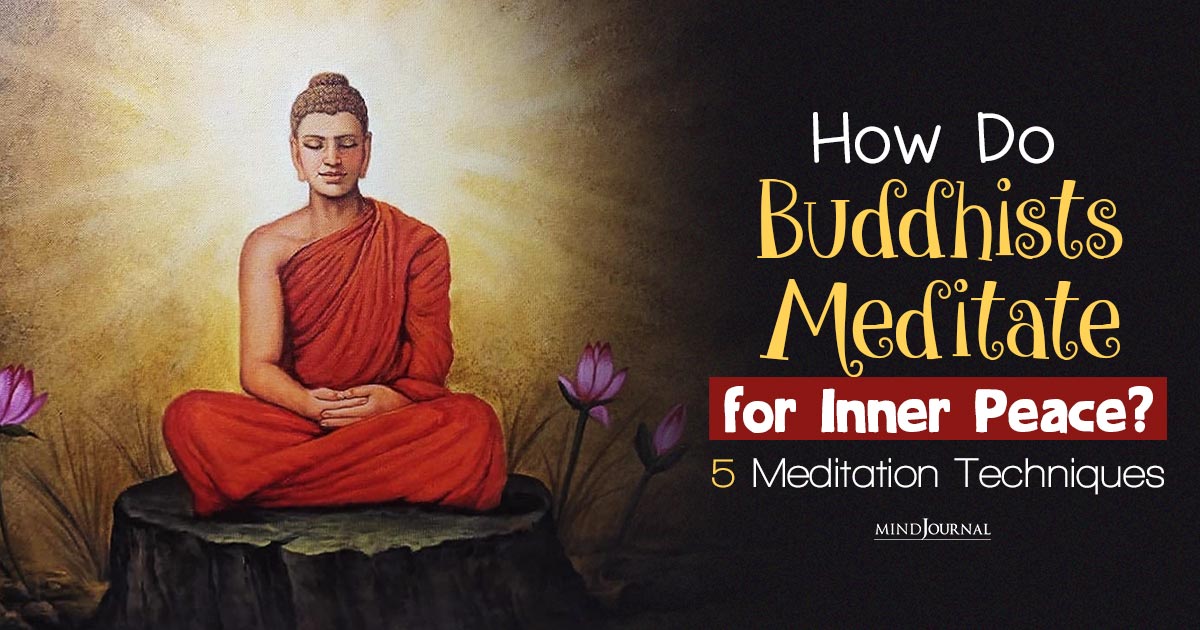
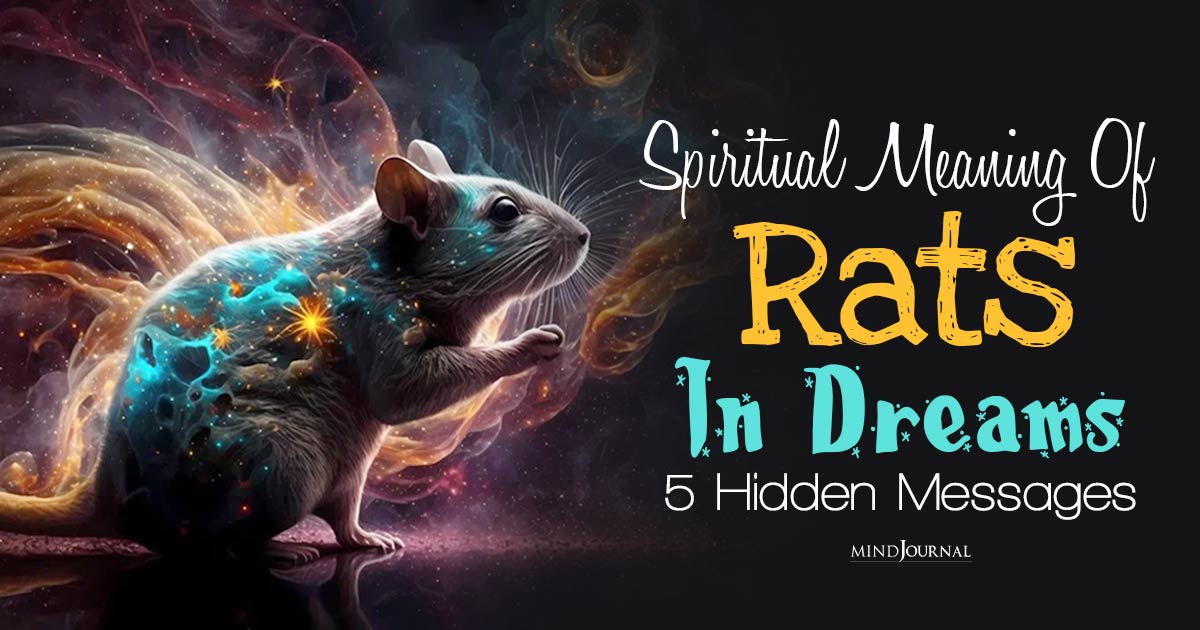

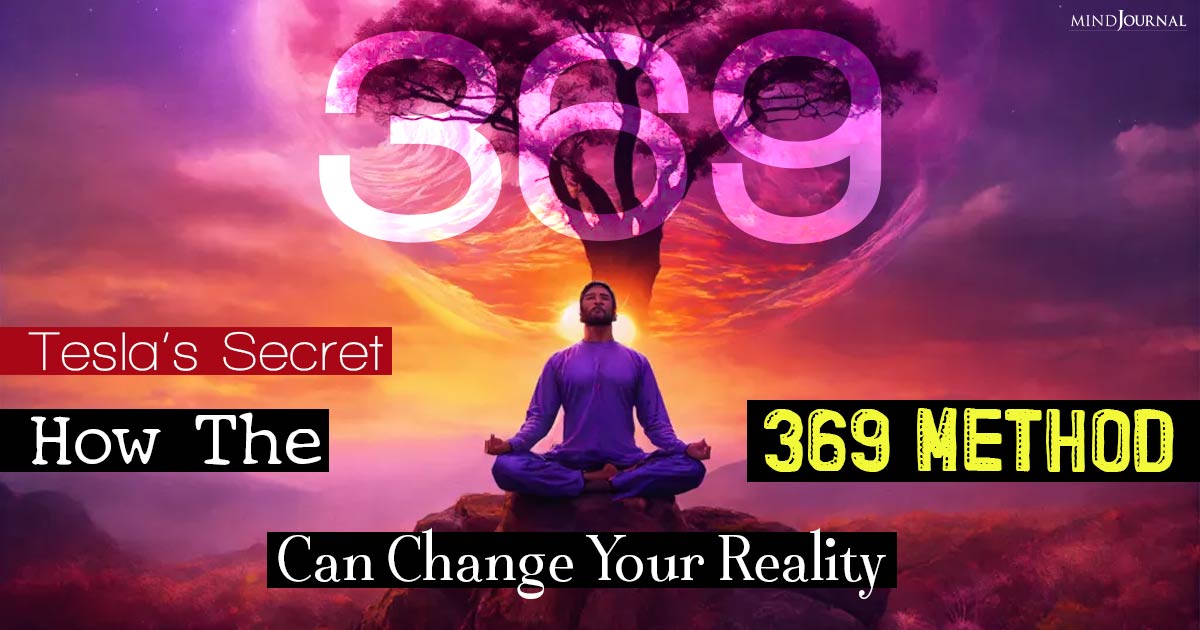
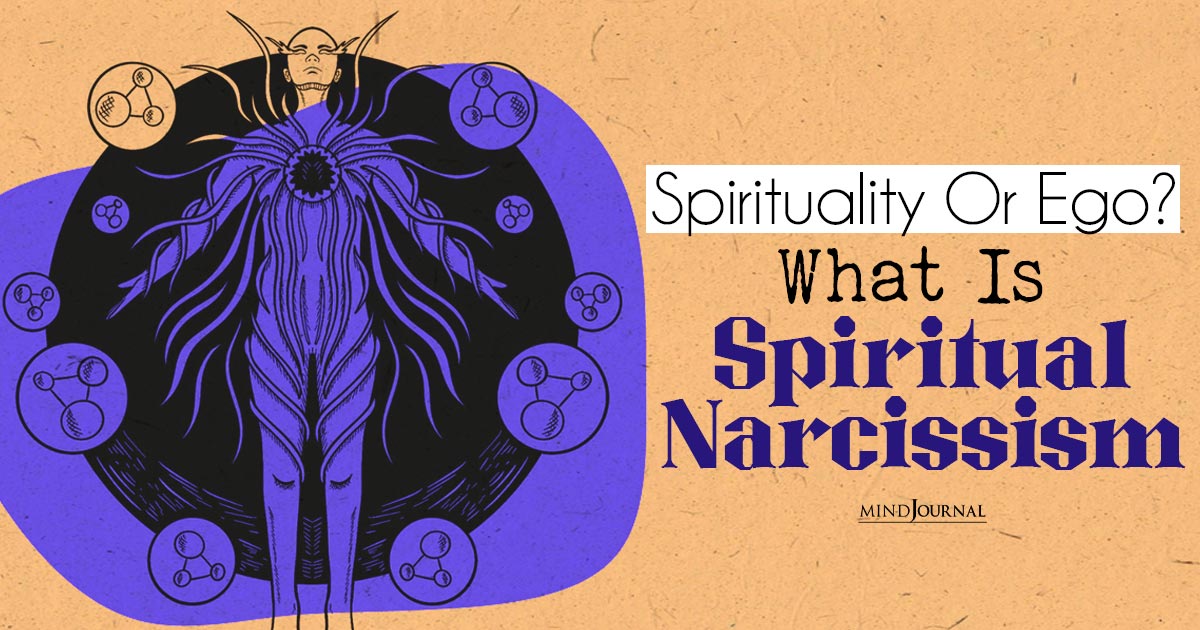
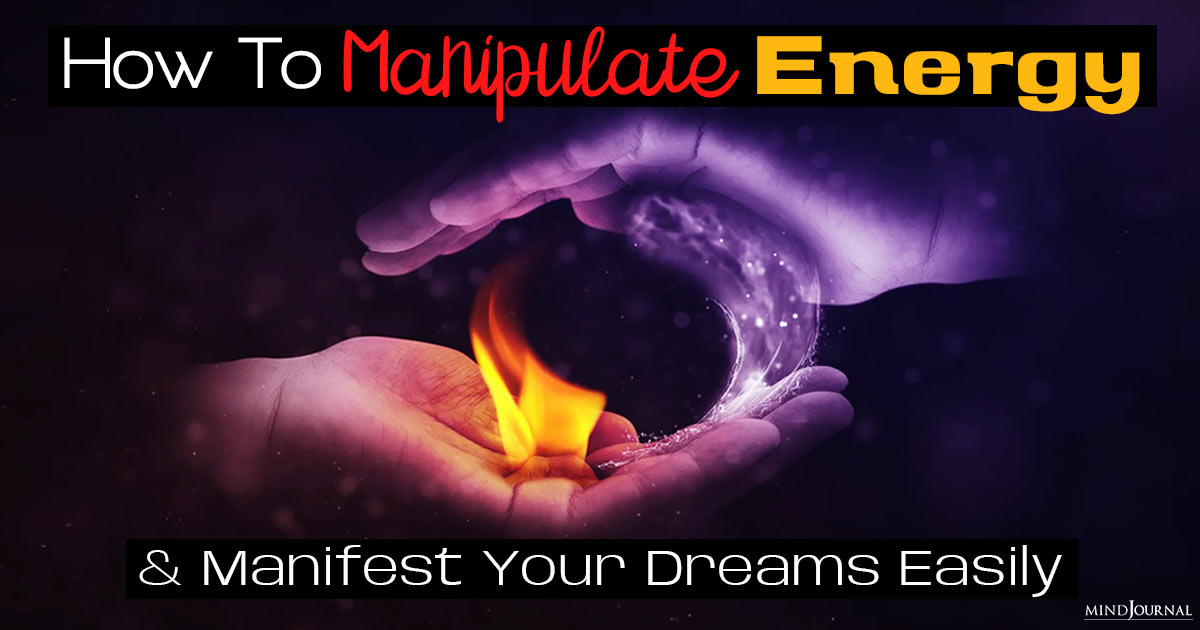

Leave a Reply
You must be logged in to post a comment.